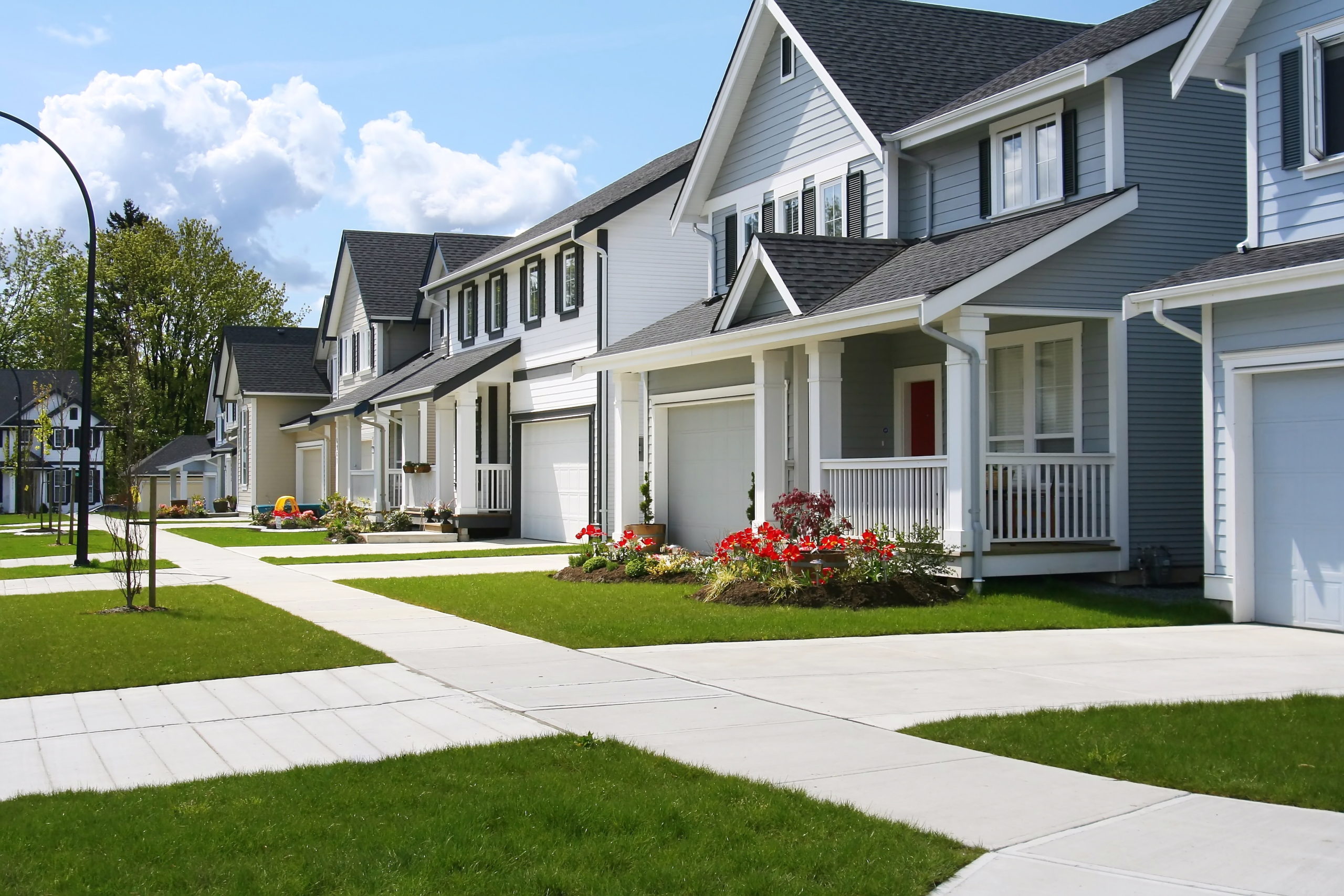Everything You Need to Know About a Rehab Construction Loan
Whether you are a beginner real estate investor looking for a first-time fix and flip loan or are a fixer-upper veteran, a rehab construction loan is an ideal option for funding the renovations of any investment project. Here’s what you need to know.
What Can You Use a Rehab Construction Loan For?
A renovation construction loan is a mortgage that can be used to rehabilitate a property in need of serious work. Conveniently, a purchase and renovation loan is also an option, which allows you to fund the purchase and renovation with one loan rather than two or more.
In terms of the property types you can use this type of loan for, an investment property rehab loan is most commonly used for single-family homes, however can be used for a range of projects. For instance, you could use a rehab loan to renovate condominiums, townhouses or a multifamily complex. Additionally, commercial rehab loans can fund commercial rehab projects.
What Are the Terms of a Rehab Construction Loan?
One of the most enticing things about a rehab construction loan is the fact that it offers flexible terms. For instance, your rehab loan lender might allow you to pay only interest during the course or the loan or not make any repayments during the loan period at all. Of course, this means that you are most likely going to be paying higher interest, however, this flexibility can save you costs over the long run.
The term lengths are usually kept short – between 12 and 24 months, allowing enough time for you to renovate the property and then sell it or secure more permanent financing based on its new value.
In terms of a deposit, most lenders will require a down payment of 10-30% of the property’s value depending on their terms and the specifics of the project.
How Are Rehab Construction Loans Calculated?
Generally, an investment property rehab loan will be based on the property’s estimated value after works have been completed. This allows you to borrow more than you would be able to borrow with a traditional home equity loan.
What Are the Benefits of a Rehab Construction Loan?
In addition to flexible terms, the ease of getting a rehab loan is one of its biggest drawcards. This includes:
- A fast and easy application process with minimal documentation required. Applying for a hard money rehab loan is a lot less stressful and time-consumingthan applying for a traditional home equity loan or mortgage. The application process is much more straightforward and doesn’t require you to submit lengthy documentation such as tax returns and proof of employment. Generally, a private money lender will just want to know that you have enough cash to close the property.
- Extremely fast closing times. A hard money rehab loan can also be secured quickly with funding provided in even just a matter of days. If you are purchasing a distressed property, you’ll be able to make a move before it gets snapped up by another real estate investor, or if you want to renovate a property you already own, you’ll be able to get underway quickly.
- Availability for a range of investors. Because hard money lenders face fewerrestrictions than traditional lenders, approval requirements aren’t as strict. For instance, a fix and flip hard money lender might be able to offer hard money rehab loans to investors with no experience, people with bad credit and for unconventional property types that financial institutions wouldn’t fund.
Ready to apply for a rehab construction loan?
If you’re ready to take the next steps towards your property goals, look no further than Rehablend. We are one of the country’s best fix and flip lenders with experience funding rehab projects all across the country. Our rehab loans for investors offer competitive rates and terms and are designed to help you make the most out of any investment. Find out more about us or get in touch to apply for a hard money rehab loan today.


